
views
Building a Defense

Read the notice of claim. Your state might require that the client send you a written notice of any defects before bringing the lawsuit. The client should describe the defects and also make a demand that you fix them or inspect them.

Respond to the notice in a timely manner. Your state law might set a deadline, such as 21 days after receiving the notice. Check with a lawyer. Generally, you can respond to the notice in one of the following ways: Offer to inspect the building. At a minimum, you should inspect the building so that you can see whether or not the construction was defective in the way the client describes. If you inspect the building, take photographs or video. This evidence will be important later on. Also don’t admit fault. Never say, “Yes, this looks defective.” Your statements can be used against you at trial. Propose to settle the dispute without inspection. You probably should not choose this option, though many states allow it. If you want to settle the dispute, you can do so later, after you have inspected the building. State that you will dispute the claim. In other words, you will wait for the client to sue you. Fix the problem. The construction might be faulty. If so, you can choose to repair it. Hold onto your receipts for materials, supplies, and labor. After making the repairs, you could turn around and sue a subcontractor for faulty work.

Contact your insurer. You may have general liability insurance which could cover the lawsuit. You should contact your insurer as soon as possible. They may have a duty to defend you in the lawsuit. Gather the following information: your policy number and type a description of the claim when you first learned of the incident
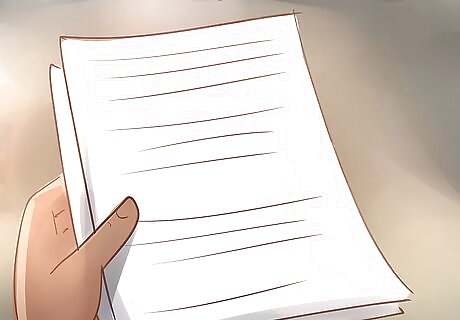
Read the complaint. If you don’t resolve the issue to the homeowner’s satisfaction, then he or she will sue you. The homeowner starts the suit by filing a complaint in court. You will be sent a copy of the complaint. The complaint will tell you what workmanship was faulty. Read it closely. The complaint will also tell you how much the homeowner is suing you for. You will also receive a summons. This document tells you how much time you have to respond to the lawsuit. Make note of the date. You want to respond before the deadline.

Meet with a lawyer. You would benefit from a construction lawyer’s expert advice. The lawyer can listen to you describe the dispute and then offer advice about what defenses to bring and what evidence you will need to prove your defenses. You can get a referral for a construction lawyer by contacting other contractors in the area. Ask if they would recommend their lawyer. If so, call up the lawyer and schedule a half hour consultation. You should also think seriously about hiring the lawyer to defend you. If the dispute isn’t worth a lot of money, then you could defend yourself. However, if hundreds of thousands of dollars are on the line, then you might want professional legal representation.

Discuss possible defenses with your lawyer. Your defenses will depend on the circumstances. For example, the plaintiff might sue you for breach of contract. In that situation, you will make a different argument than if the plaintiff sues you for “negligence.” At your consultation, discuss possible defenses. Argue that you were not negligent. You are “negligent” when you don’t exercise the care that a contractor normally would. You can defend yourself by arguing that you did use sufficient care. Claim that you followed the contract. You might have built the dwelling exactly as described in the construction contract. If the client sues you for breach of contract, then this is a defense. Argue that the defect did not harm the house. For example, you might have made a mistake when building the roof. The homeowner now claims that water damage and mold have ruined the house. However, the water damaged might have been caused by the homeowner leaving an attic window open. Point out that the plaintiff waited too long to sue. Each state sets time limits on bringing a construction defect claim. This is called the “statute of limitations.” The time limits differ by state. However, if the plaintiff waited too long, then you can ask the judge to dismiss the case.
Answering the Complaint

Draft an answer. You formally respond to the complaint by filing an “answer” with the court. In this document, you respond to each allegation made by the plaintiff. You must either admit, deny, or claim insufficient knowledge to admit or deny. Your lawyer should draft the answer, as well as any other legal document that you file in the case. If you don’t have a lawyer, then you need to draft your own. Courts today often have printed “fill in the blank” answer forms you can use. Stop into court and ask the court clerk. If you are in small claims court, then there certainly should be a form to fill out. For more information, see Answer a Civil Court Summons.
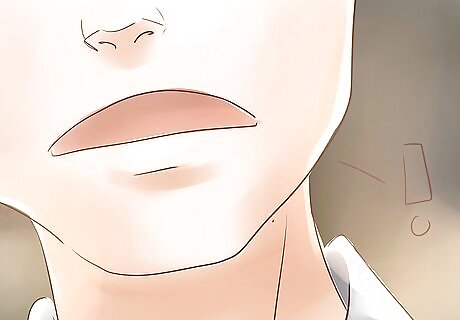
Bring counterclaims in your answer. You can also turn around and sue the homeowner in your answer by bringing counterclaims. For example, the homeowner might not have paid you for the work you performed. You can bring a claim for breach of contract. Make sure to include all counterclaims that arise out of the construction of the dwelling. If you don’t, a court might not let you bring them later.

File the answer. Once you finish the answer, make several copies. Take the original and the copies to the court clerk. Ask to file the original and have the clerk stamp your copies with the filing date. You might have to pay a filing fee. The amount will vary by court. Ask the clerk for acceptable methods of payment.

Serve a copy of the answer on the plaintiff. You also need to give the plaintiff (or her attorney) a copy of your complaint. Each court has different rules for acceptable methods of service of process. Ask the court clerk. Generally, you can have the answer hand-delivered. You can probably pay a private process server to make delivery. You can find process servers in your phone book or on the Internet. They typically charge $45-75 for each service. You might be able to mail a copy of your answer to the plaintiff. Check with the court.
Preparing for Trial

Consider settlement. By negotiating a settlement, you can avoid a lengthy lawsuit, which will save you time and money. If your insurer is defending you, then the claims adjuster will probably contact the plaintiff to discuss negotiating a settlement. For more information, see Resolve Disputes Without Litigation. Even if your insurer is not defending you, you could still enter settlement talks. In order to settle, you will need to be prepared to give something up in order to get something back in return. Typically, you will have to agree to pay the homeowner some money. Depending on the strength of your evidence, however, you could pay much less than what the homeowner is asking for in the lawsuit. Discuss with your lawyer what is a realistic amount you should bargain for. Also think about mediation. With mediation, you and the homeowner meet with a “mediator,” who helps guide discussion. Mediation would be a great option if you don’t have a lawyer. With the mediator, you can work toward a compromise that both you and the homeowner can agree with.
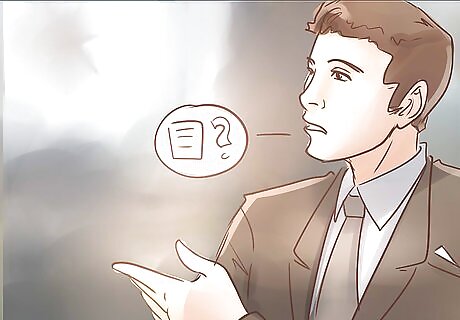
Engage in fact-finding. Once you file your answer, the lawsuit enters a fact-finding phase which is called “discovery.” In discovery, you can request helpful information from the other party. There are many different discovery techniques. The most common are: Requests for Production of Documents. You can get a copy of any document related to the dispute. For example, the homeowner might have hired someone to fix the defect. You will want receipts for all work performed. Interrogatories. These are written questions that you have witnesses answer under oath. Interrogatories are good for getting basic information, like the name of any appraiser the client had come look at the damage done to the home. Depositions. In a deposition, you can ask questions face-to-face. Unlike interrogatories, depositions allow for follow-up questions. They are usually held in a lawyer’s office with a court reporter present to record the questions and answers.
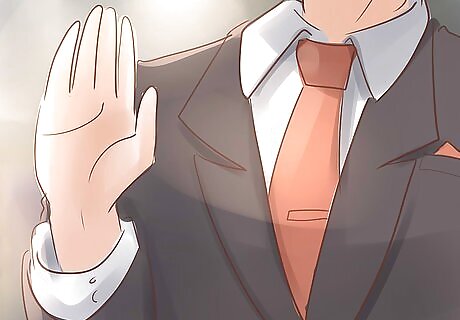
Sit for a deposition. As the defendant, you will probably have to sit for a deposition. If you have a lawyer, then talk about what to expect. Any statements you make in a deposition can be brought up later at trial, so you really want to give some thought as to how you will answer questions. On the day of the deposition, remember the following tips: Don’t volunteer information. Answer only the question asked. If the lawyer wants additional information, then he or she can ask for it. Always tell the truth. It is against the law to lie under oath. Don’t guess. Also don’t provide estimates. Instead, say, “I really don’t know.” Request a break to talk with your lawyer. At any time, you can break to ask your lawyer how you should answer a question.
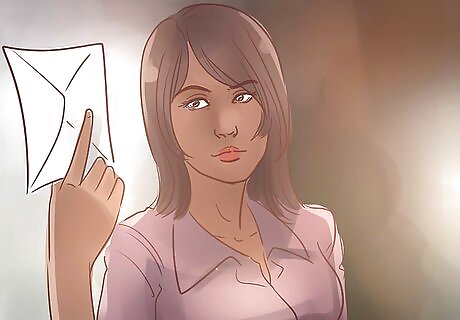
File a motion for summary judgment. Your lawyer might want to file this motion because, if you win, then you can avoid trial. In the motion, you argue that there are no meaningful factual issues in dispute and that you are entitled to judgment on the law. Typically, there will be factual disputes, so you shouldn’t expect to win the motion for summary judgment. For example, you might dispute that your work was faulty. This will be a factual determination for the jury to make. Filing a summary judgment will only lengthen the lawsuit and increase the expense. If you don’t think you have a good argument, then you should tell your lawyer not to file one.

Collect your evidence for trial. Your lawyer should get everything lined up as trial approaches. However, if you don’t have a lawyer, then you need to take some time to pull everything together. Make sure to do the following: Identify your witnesses. Your witnesses must have personal knowledge of whatever it is they are testifying to. A witness cannot testify as to what someone else told him or her. Serve your witnesses a subpoena. You can get a subpoena from the court clerk. It is a command that tells the witness to appear at court on a specific day at a certain time. You should serve subpoenas on your witnesses. Make copies of exhibits. You might introduce documents into evidence as exhibits. For example, you might introduce a copy of your construction contract. You will need to turn it into an exhibit by putting an exhibit sticker on it. You can get these stickers from the court clerk or from an office supply store. You also need to make multiple copies of the exhibits. The plaintiff gets a copy, as does the judge. You also need to show the witness the original. Accordingly, you should make four or five copies to be safe.
Defending Yourself at Trial
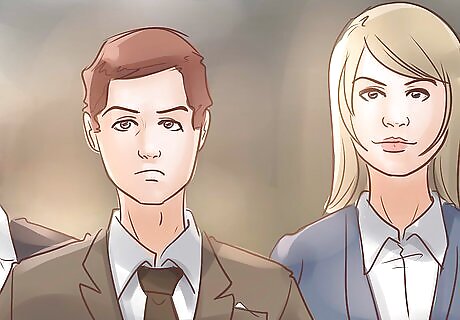
Pick a jury. If you are in small claims court, then there might not be a jury. However, if you are in regular civil court, then you should pick a jury first thing. The judge takes the lead on jury selection. If you have a lawyer, your lawyer should handle jury selection as well as everything else during trial (opening statement, questioning, etc.) The judge calls up a panel of prospective jurors to the front of the courtroom, where they sit in the jury box. The judge then asks each prospective juror basic questions: their jobs, hobbies, families, and whether or not they know you or the plaintiff. If you think a juror will be biased, then you can ask the judge to dismiss the juror “for cause.” For example, the juror might know either you or the plaintiff. In this case, you could get the juror removed if you can convince the judge that the juror is biased. You will also get a limited number of “peremptory challenges.” With these, you can dismiss a juror for any reason you want. However, you can’t use them in a way that discriminates on the basis of sex, race, or ethnicity.
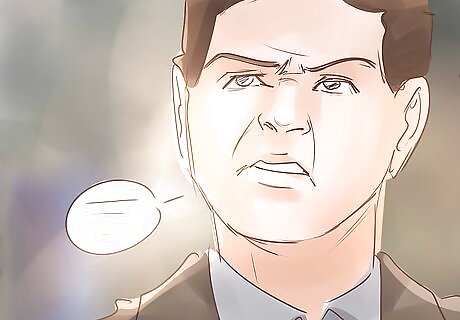
Make an opening statement. The purpose of the opening statement is to provide an overview of the evidence you will present. You are not making an argument; instead, you are only providing the judge and jury with a sneak peek.

Cross-examine the plaintiff’s witnesses. The plaintiff will present evidence first. The plaintiff will probably testify. Also an expert witness might testify that your construction work did not satisfy the standard of professionalism for contractors. You will have the chance to ask all witnesses questions on cross-examination. For information on how to handle cross-examination, see Question Witnesses when Representing Yourself.

Present your own witnesses. As the defendant, you go second. Your lawyer can ask your witnesses questions. If you do not have a lawyer, then you will need to ask questions yourself. Remember not to ask leading questions. “You installed the windows in the house, correct?” is a leading question, because it contains its own answer. Instead, ask a series of more general questions: “Who do you work for?” “And what work do you perform?” “Where did you work on January 22, 2016?” “What did you do at the Smith house?” “How many windows did you install?”

Testify on your own behalf. You will probably testify as well. If you have a lawyer, then he or she will ask you questions. If you don’t have a lawyer, then you might give your testimony in the form of a speech. The plaintiff’s lawyer will then be able to cross-examine you. Remember the following: Sit up straight and look at the lawyer asking you questions. When you answer, turn to the jury and make eye contact. Don’t get rattled. You don’t want to show any anger, even if you think the plaintiff’s lawyer is being difficult. Take a deep breath before answering. Avoid humor. A trial is not the time to try and crack a joke, no matter how tense the situation. Speak clearly and avoid answering with gestures or with sounds like “uh huh.”

Make a closing argument. In your closing, you sum up all of the evidence and explain how the evidence actually supports your argument. Be sure to mention specific pieces of evidence, because the jury might have forgotten the evidence it heard. Mention witnesses by name: “As you will recall, Mr. Johnson, who actually installed the windows, said that he had installed them properly.” Also hold up exhibits if you mention them: “This is Defense Exhibit number three. It is a picture of the windows on the Western side of the building.”
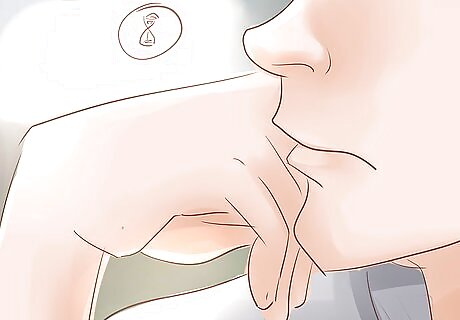
Wait for the verdict. After all evidence has been submitted, the judge will give the jury instructions. The judge will instruct the jury that it can only decide for the plaintiff if the “preponderance of evidence” supports the verdict. This means that it is “more likely than not” that you caused the damage because of your faulty workmanship. You might also want to appeal. You have a limited amount of time to file your Notice of Appeal—usually 30 days or less. Talk with your lawyer about whether bringing an appeal is a good idea.

















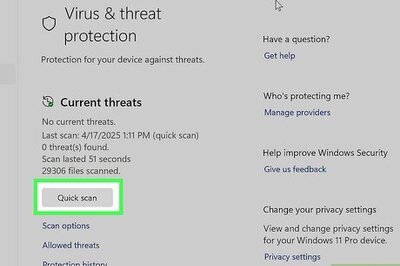


Comments
0 comment